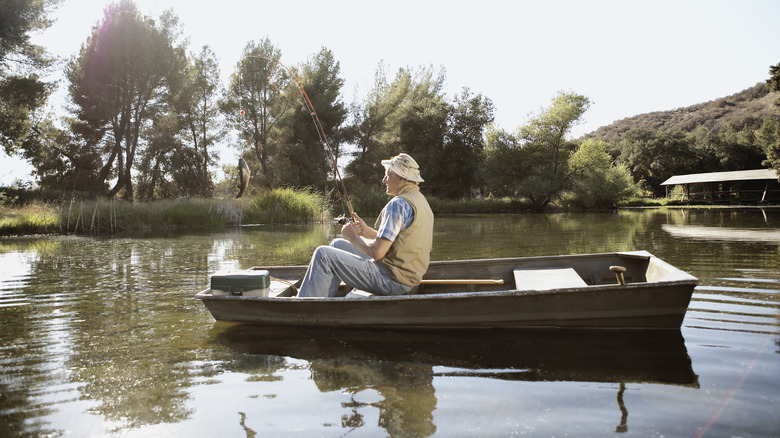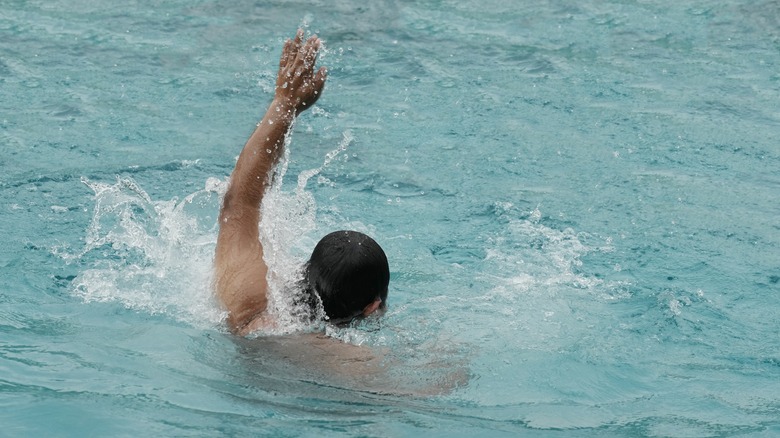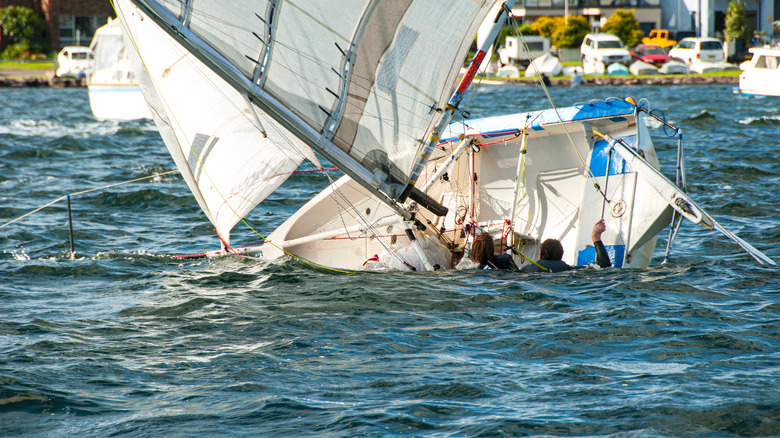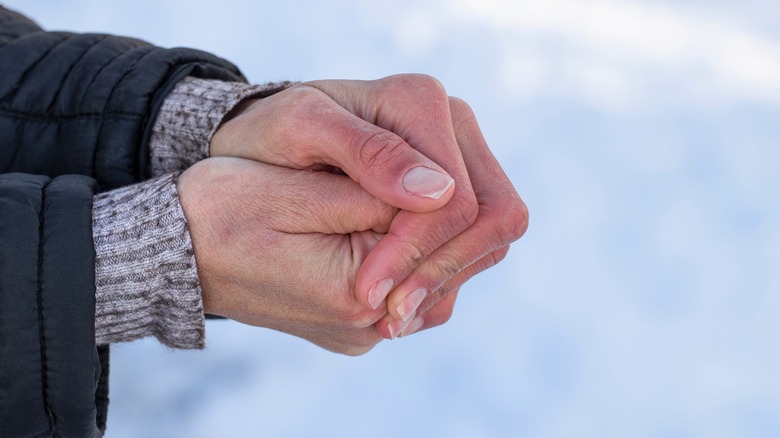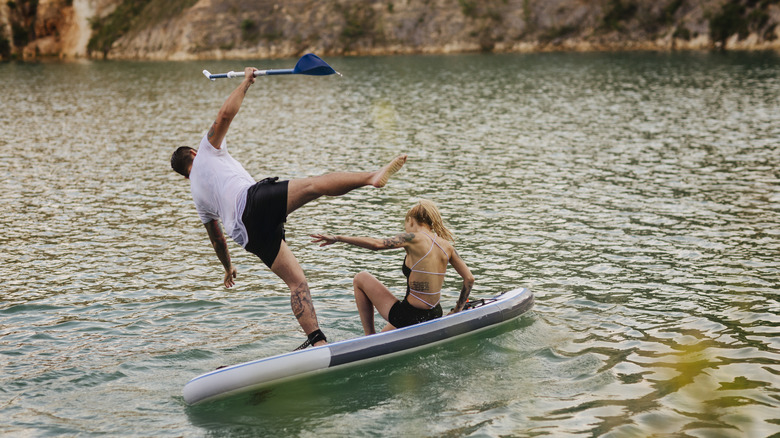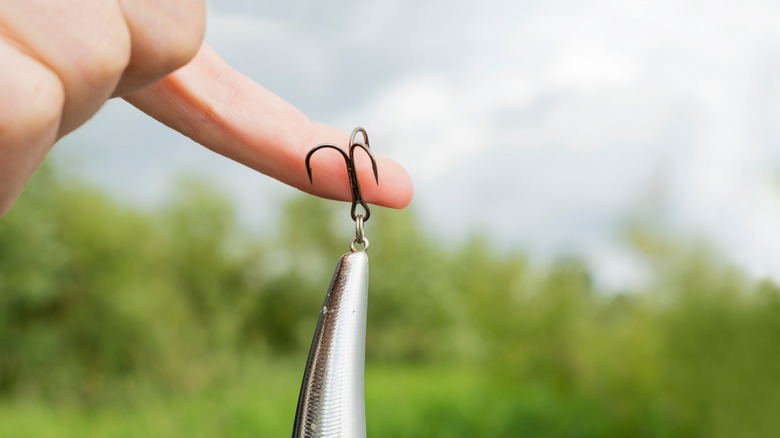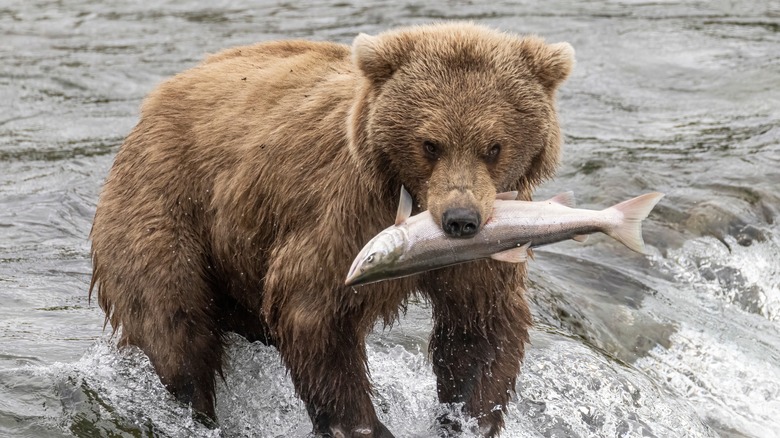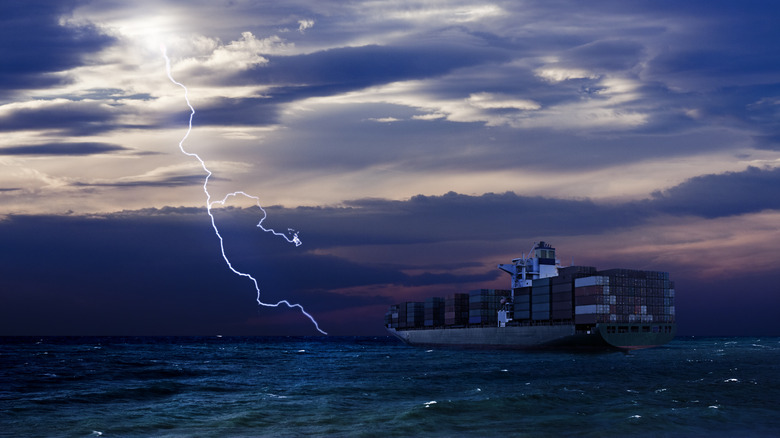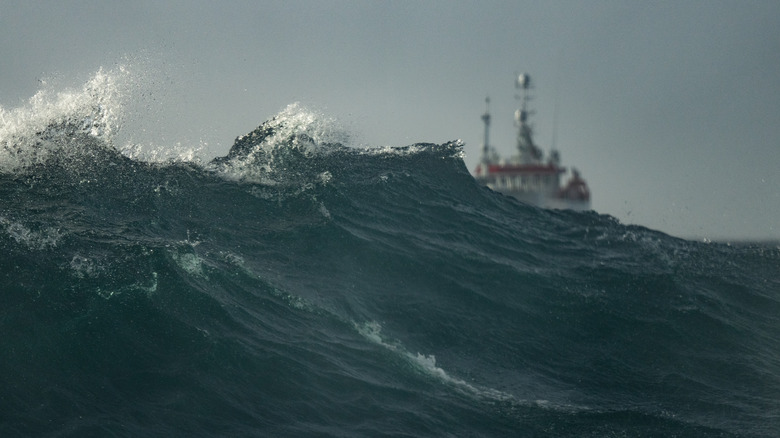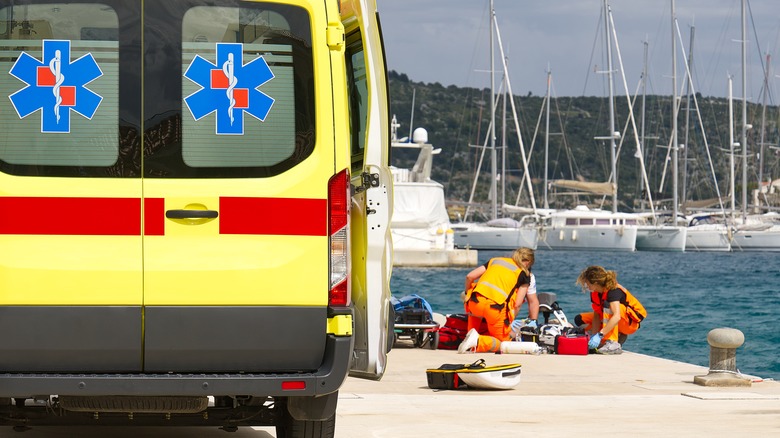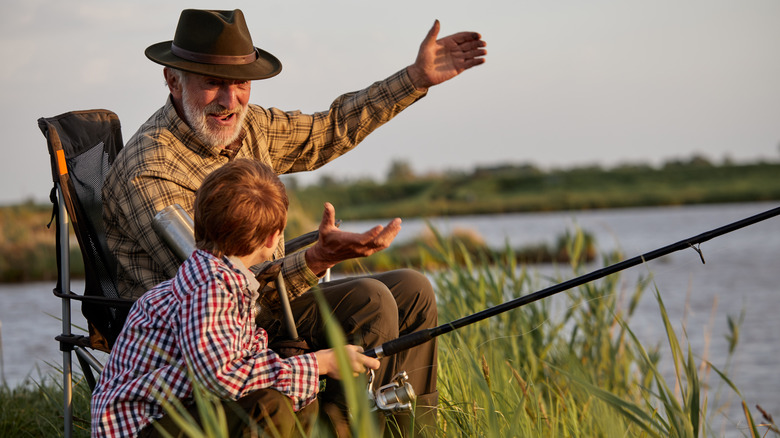The Most Common Ways People Die While Fishing
Fishing is supposed to be a tranquil pastime, where the dance of sunlight on water and the gentle tug on a line creates moments of pure serenity. Yet, beneath the surface of this seemingly idyllic activity lurk realities that demand our attention. Even if you're not fishing in a notoriously dangerous spot, there are other risks that can turn a peaceful day on the water into tragedy.
We'll delve into the startling statistics, uncover the multifaceted causes behind fishing-related fatalities, and arm you with practical tips to enhance your safety on the water. Whether you're a seasoned angler with tales etched into the lines on your palms or a newcomer eager to cast your first line, this knowledge is a crucial compass for steering clear of perilous waters.
So, as the scent of saltwater or the rustle of leaves by a freshwater bank calls out to you, let's ensure that every fishing expedition remains a memory of joy and adventure, rather than an unforeseen tragedy. These are the most common ways that people die while fishing.
Drowning accidents
Drowning, haunting the tranquil waters of fishing, stands as the foremost cause of fatalities, according to the World Health Organization (WHO). In fact, the Centers for Disease Control and Prevention (CDC) reports that a staggering two-thirds of fishing-related deaths annually are attributed to drowning. This grave peril manifests through slips, falls, and boat accidents, turning idyllic scenes into zones of potential tragedy.
These alarming statistics underscore the pressing need for increased awareness and proactive measures. The CDC strongly advises anglers to wear life jackets, which are widely recognized as a fundamental precaution that can be a genuine lifesaver in emergencies. Moreover, basic swimming skills provide an additional layer of personal safety, offering reassurance when the unexpected occurs. The importance of the buddy system cannot be overstated, as it provides crucial support and assistance during critical times.
As well, the imperative of maintaining sobriety and alertness is paramount, ensuring sharp judgment and coordination during potentially dangerous instances on the water. For those navigating on boats, participation in boating safety courses is deemed essential, equipping individuals with the knowledge to operate watercraft safely and mitigate the risks associated with fishing-related activities.
Boating incidents
While boating accidents are relatively uncommon, their occurrence poses significant and often severe consequences. Recognizing this, the US Coast Guard identifies boating incidents as a formidable hazard within the commercial and recreational fishing industry. Disturbing statistics disclose that slightly more than half of fatalities in this industry result directly from accidents related to watercraft.
Collisions, sinking, and capsizing scenarios materialize as potential threats, transforming what should be a harmonious day on the water into perilous situations. Unforeseen crashes on the water not only amplify the risk of injury but also increase the likelihood of fatalities. Any chance of sinking or capsizing poses immediate threats to life, demanding swift and decisive action.
To mitigate these risks, the Coast Guard urges fishers to adopt several proactive measures. Regular checks on the boat's integrity, engine, and safety equipment are essential for preempting potential issues that could lead to accidents. Familiarizing yourself with emergency procedures, including how to use distress signals, emergency communication devices, and evacuation plans, further enhances your preparedness and ability to respond effectively in crisis situations.
Hypothermia
Hypothermia, a silent and potentially life-threatening adversary, casts its shadow over the fishing experience, particularly in the embrace of cold waters. A comprehensive understanding of the risks associated with hypothermia is paramount for anglers navigating these chilly realms, ensuring that what begins as a leisurely pursuit doesn't take an unexpected turn toward peril.
Hypothermia unfolds when the body loses heat faster than it can produce, resulting in a perilous drop in core temperature. Cold water exacerbates this heat loss, rendering anglers especially susceptible, even in seemingly mild conditions. In fact, a study by the Society of Occupational Medicine in London found that hypothermia directly accounts for only 5% of fishing-related deaths. Associated factors such as cold shock, swimming failure, or cardiac events contribute much more significantly to the overall mortality rate.
To safeguard against these risks, anglers are advised to dress in layers, incorporating thermal undergarments, waterproof outer layers, and insulated gear. This strategic layering provides warmth in cold scenarios. Though layering up may seem counterintuitive if you get in a situation where you inadvertently enter the water, these principles still hold true. Cold-water layering, as per Northwest River Supplies, using waterproof clothing, in particular, serves as a crucial barrier against wetness, which can intensify heat loss.
Falls
Falls, a pervasive risk in the diverse landscapes where fishing enthusiasts cast their lines, demand our attention as we navigate potential hazards beneath our feet. From rocky riverbanks to slippery lakeshores, understanding the common dangers of falling is paramount, ensuring that each step taken is a move towards the thrill of the catch, not the perils of a fall. According to the CDC, between 2000 and 2019, 266 fishers lost their lives due to falls, constituting a third of all fishing-related fatalities.
Various hazards contribute to the risk, such as rocky and uneven surfaces that pose tripping and slipping dangers. Wet docks, moss-covered rocks, and muddy riverbanks can unexpectedly transform seemingly stable ground into treacherous terrain. Additionally, fishing near cliffs or steep riverbanks significantly increases the risk of accidental falls.
Crucially, it's worth noting that none of the victims in the incidents studied by the CDC were wearing a life jacket or any type of floating device, emphasizing the importance of these safety measures. Therefore, the foremost recommendation for anglers is always to wear life jackets. Also, prioritizing fishing locations with stable and level ground, avoiding areas with steep inclines or hazardous terrain, becomes imperative. Wearing shoes with slip-resistant soles offers better traction on varied surfaces. In addition, fishers should consider equipping their boats with additional safety equipment, such as walking sticks or cleats, which further enhances stability while aboard, reducing the likelihood of falls and ensuring that every fishing excursion remains focused on the pursuit of the catch rather than the potential dangers underfoot.
Fishhook injuries
Fishhook injuries, though often considered part of the angler's narrative, can escalate from a minor inconvenience to a serious medical issue if mishandled. Strikingly, it is rarely the injury itself that leads to a fatality. Typically, it is the mishandling or panic associated with an injury that results in improper care, contributing to potential complications (via HealthLink BC). Understanding the scope of injuries caused by fishhooks and adopting safe handling practices is fundamental for ensuring that the pursuit of the perfect catch doesn't end with an unexpected and painful twist. Common injuries include punctures, embedded hooks, and secondary infections due to mishandling.
To navigate these risks, anglers are advised to employ pliers for removing hooks, reducing the risk of injuring fingers. It's crucial to always assume that a fish is still hooked until proven otherwise, approaching with caution and keeping fingers away from sharp points. In cases where a fish is deeply hooked, cutting the line instead of forcefully removing the hook is recommended. Flattening the barb on the hook can also make removal easier and less traumatic, according to Saint John Emergency Medicine.
In the event of a fishhook injury, staying calm is imperative to reduce anxiety, which can exacerbate the perception of pain. Thoroughly cleaning the wound with antiseptic helps prevent infection. For deeply embedded or challenging hook removals, seeking professional medical assistance is advised. By embracing safe handling techniques and being prepared with first aid knowledge, anglers can transform the narrative of a fishhook incident from a painful memory to a lesson learned.
Wildlife encounters
Wildlife encounters, though an enchanting aspect of the fishing experience introduce an element of unpredictability that demands our respect and awareness. Though encounters are rare, it is exactly that rarity that often leaves fishers so unprepared to adequately handle them. From curious critters to more formidable creatures, understanding the potential dangers and adopting precautions ensures that the joy of fishing remains harmonious with the natural world.
Small animals seeking food scraps can pose minor threats, particularly in areas with dense vegetation or near water sources as they can be territorial and see people as threats. Additionally, larger creatures such as bears, moose, or other sizable wildlife can present significant dangers, especially if humans try to interact.
To navigate these encounters, it's crucial to understand the wildlife in the area where you'll be fishing; knowledge becomes your first line of defense. Admiring wildlife from a safe distance and avoiding provoking or cornering animals is essential. Considering carrying bear spray or other wildlife deterrents approved for your region adds an extra layer of protection.
Electrocution
While we've all heard tales of lightning strikes taking out boats or cruise ships, death due to electrocution while fishing is more likely to occur due to a malfunction on board. This has become even more common in recent years with the advent of electro-fishing, a technique in which fishers use electricity to stun fish underwater instead of the typical bait-and-hook method. Understanding the risks associated with electricity on the water and implementing safety measures is paramount for ensuring that the angling experience remains both thrilling and secure.
The flow of electric current through the water can lead to electric shock drowning, which is a potentially fatal condition. Improperly installed or damaged wiring on boats or docks poses a significant risk. Water and electricity don't mix: Submerged electrical appliances or power lines create an immediate danger zone.
To mitigate these risks, look for signs of wear, damage, or corrosion. The Electric Shock Drowning Prevention Association also recommends ensuring that all electrical wiring and connections adhere to safety standards. Install Ground Fault Circuit Interrupters (GFCIs) to quickly shut off power in the event of a fault, preventing electric shock. Store and use electrical devices away from water sources. Investing in waterproof containers for electronic equipment is also a good idea. If you have others aboard, share knowledge about electrical safety with others on the trip, fostering a collective commitment to safety.
Weather-related incidents
Unfortunately, extreme weather, such as lightning, still poses substantial risks for anglers immersed in the great outdoors. Sudden changes, from unexpected storms to lightning strikes, demand not only our respect for nature but also a proactive approach to ensuring that every fishing venture remains an adventure, not an ordeal.
According to the National Weather Service, approximately 11% of fishing accidents result from lightning-related incidents, and 1 in 6 fishing-related deaths are due to other bad weather conditions like choppy seas.
To navigate these weather-related risks, stay updated on weather conditions. Understand the usual weather patterns in the region where you plan to fish. But be sure not to succumb to familiarity bias, which is believing things will remain as they always have been. Prepare for adverse weather conditions, including designated shelter areas and evacuation routes. Carry essential weather tools such as a smartphone with reliable weather apps, or even better, waterproof a portable weather radio in the event you lose your phone. Ultimately, take immediate action upon receiving weather warnings. Prioritize safety over the desire to continue fishing.
Medical emergencies
Medical emergencies, though not always top of mind during a fishing expedition, can pose substantial risks when untreated health issues escalate into crises. Understanding the prevalence of such incidents and adopting proactive measures ensures that every angler is equipped to navigate not only the waters but also the potential challenges to personal well-being. According to Canadian Occupational Safety, more than 300 fishers die each day due to emergencies stemming from untreated health conditions. Common emergencies include cardiovascular issues, respiratory problems, and diabetic complications as frequent contributors.
To safeguard against these risks, carry any necessary medications you may need during the fishing trip, learn to address minor injuries, and manage emergencies until professional help arrives. Include local emergency services and personal contacts in your phone or pass them to someone who will know your location. Also, identify the location of the nearest medical facility and outline specific actions to take so that you can receive further medical aid after removing yourself from the situation.
Risks for children
Fishing with children brings a unique set of considerations, as the pursuit of angling transforms into an opportunity for shared experiences and valuable lessons. Understanding the specific risks for young anglers and adopting tailored safety measures ensures that every fishing expedition becomes a cherished memory of joy and learning. Children may not fully grasp the dangers associated with water bodies, necessitating increased supervision. Youngsters may be more prone to slips and falls on uneven or slippery terrain around fishing spots. Children's shorter attention spans require engaging activities and constant supervision to prevent wandering into unsafe areas.
Maintain vigilant supervision at all times, ensuring children are within sight and reach. Equip children with properly fitting life jackets, emphasizing their importance and explaining how to wear them correctly. Teach children basic fishing safety, including proper casting techniques, handling fish, and awareness of potential hazards. Plan engaging activities to keep children entertained, reducing the likelihood of wandering into unsafe areas. Ensure children are aware of emergency protocols, including what to do in case of unexpected events.
By acknowledging the unique risks and considerations associated with fishing with children, anglers can create a safe and enjoyable environment for young enthusiasts. Every fishing trip becomes an opportunity for bonding, education, and the creation of lasting memories that shape a child's appreciation for the outdoors.
